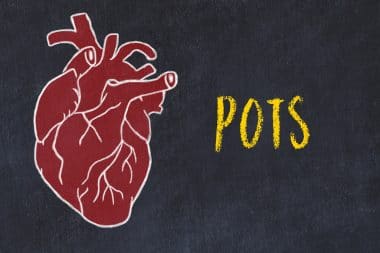The majority of abrupt cardiac arrests (heart attacks) happen at home or at work. They occur when you least anticipate it, and there is generally no one present to help right away. If you have proper medical knowledge, then the person can be saved. This is the primary reason why all people should undergo CPR training.
Cardiopulmonary resuscitation (CPR) is an emergency procedure that employs chest compressions and artificial breathing to recover a person who has gone into cardiac arrest. CPR maintains the flow of oxygenated blood to the brain and other vital organs until the normal cardiac rhythm is re-established. Let’s talk about CPR in detail with its importance.
When and how to perform CPR?
It is advisable to undergo training in CPR by using CPR manikins. By training with a CPR manikin, you’ll be able to practice performing CPR without having to perform it on a live person. This makes practice and training both easier and safer. It also means you can practice more often and more regularly.
Here are the steps to perform CPR:
- Place the individual on their back and open their airways (nose and mouth).
- Check if they are breathing by placing your finger near their nostrils.
- If they are not breathing, immediately start CPR.
- Perform 30 chest compression followed by 2 mouth-to-mouth rescue breaths.
- Repeat this process to keep them alive until further medical help arrives.
Why should you learn CPR?
1. It helps save lives: This is the most obvious reason. CPR performed promptly and effectively can significantly enhance a person’s chances of survival. 90% of people who experience cardiac arrest die before they can be brought to a hospital. It helps maintain the blood flow to various organs till medical help arrives.
2. It shortens the recovery time: CPR, in addition to saving lives, minimizes the impact of cardiac arrests on the patient. The toll on the patient’s body increases with every passing second they suffer from cardiac arrest. Therefore, administering CPR seconds after cardiac arrest will not only save their life but also lessen the impact on their body. Thus, the patient can get back on their feet sooner.
3. Decreases the chances of another cardiac arrest: If you perform CPR immediately, the patient’s heart is spared from taking too much undue damage. This, therefore, reduces the odds of a recurrent cardiac arrest. It can also potentially save money that would otherwise be spent on recurrent cardiac arrest.
4. It can prevent brain death: Brain death happens between four and six minutes after the heart stops pumping. This time is not sufficient enough to bring the person to a hospital. Therefore, by performing CPR, you can ensure the circulation of oxygenated blood to the brain and other vital organs. It also increases the victim’s chances of a complete recovery.
5. It makes you feel more confident during emergencies: Even if you have an idea of how to perform CPR, you may forget everything if you are confronted with a real person experiencing cardiac arrest. If you have undergone CPR training, you would have muscle memory and manage the situation effectively.
6. You can save the lives of your family members and loved ones: 70% of the cardiac arrests occur at home. It is common among older and unhealthy people. Although healthy, younger people and children are no exception. Hence, CPR can be very helpful in saving the lives of your family members in case they experience a cardiac arrest.
Conclusion
From the above reasons, we can conclude that CPR training is extremely important. CPR training is easy and does not require much time to master. It might be the difference between someone’s life and death. There is no better feeling in the world than knowing that you saved someone’s life and improved their quality of life.








Reply